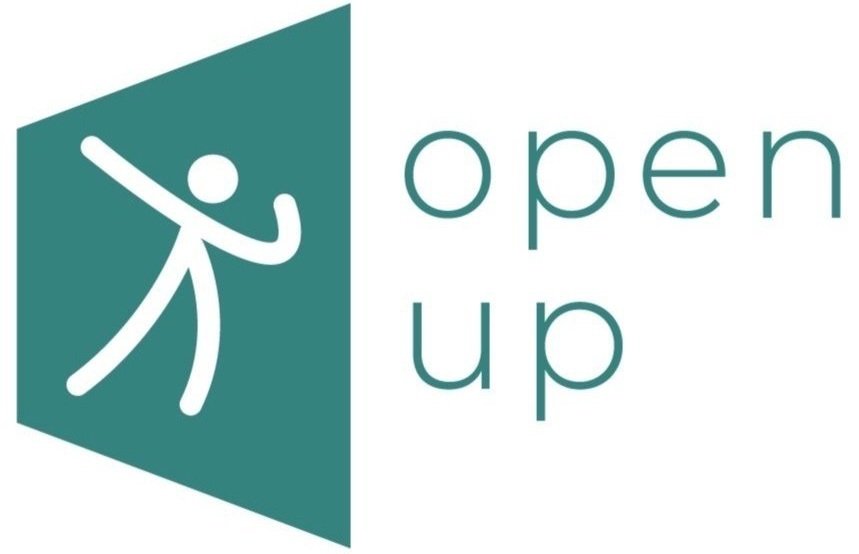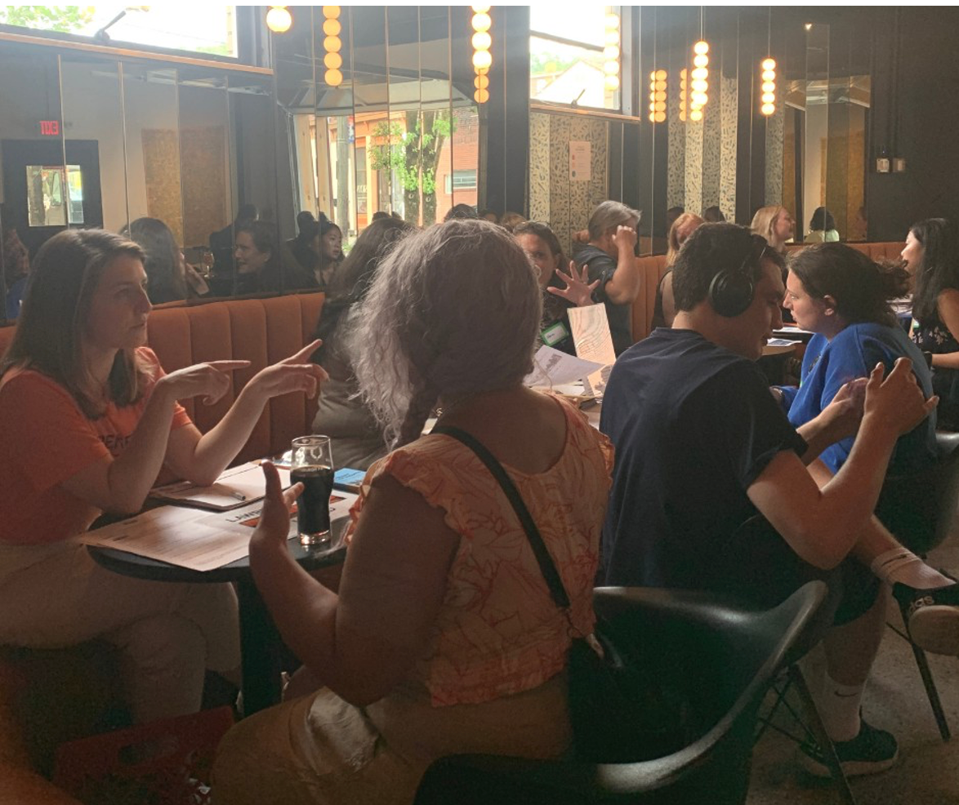Leadership Equity In Action: Making Professional Events Accessible For All
How many networking, fundraising, or professional development events have you attended that truly felt inclusive? We’ve been to countless events that were confusing, intimidating, or outright inaccessible. These experiences left us wanting more from organizers. That’s why our organization aims to prioritize accessible event planning. We believe in creating inclusive environments where everyone can participate fully and confidently. This requires considering the diverse needs of all attendees. Here, we’ll discuss the benefits of inclusive event planning and provide practical tips for making your events more accessible.
Imagine walking into a conference room expecting an organized gathering, only to find a bustling room of strangers and no clear agenda, all on an empty stomach. This has happened to us, and it's a common experience. Beyond the immediate discomfort, these oversights often reveal deeper accessibility challenges. Individuals with sensory sensitivities, anxiety, or dietary restrictions (to name just a few possibilities) can find such events equally, if not more, difficult.
Speed-style networking with one-on-one interactions guided by conversation-starting prompts.
Enhanced Comfort and Confidence Through Clear Communication
Providing detailed information about the venue’s accessibility features, transportation options, and layouts is a crucial first step in creating a truly inclusive event. This information empowers attendees with varying abilities to feel prepared and welcome, reducing anxiety about attending. When attendees know that the location is accessible and their needs are considered, they are more likely to attend and engage fully.
Sharing a detailed itinerary or schedule of events is equally important. This allows attendees to plan their time effectively and manage their energy levels. Clear expectations about the event's flow, including start and end times, breaks, transitions, and food and drink provisions can significantly reduce stress and uncertainty. For instance, individuals with sensory sensitivities or those who require specific accommodations can better prepare for necessary adjustments or potential triggers. By providing a clear and informative schedule and information, event organizers demonstrate a commitment to accessibility and inclusivity, fostering a welcoming atmosphere for all attendees.
Inclusive Interaction Through Color-Coded Name Tags
Considering interaction at events is another significant point of planning. One innovative approach Open Up uses to foster inclusive interaction during events is a color-coded name tag system featuring the colors red, yellow, and green. This method allows attendees to communicate their preferred level of social engagement easily, making networking more comfortable and respectful for everyone.
● Red: I prefer to observe (please do not approach me)
○ Example Scenario: Sarah is new to the community and feels a bit shy. She also has hearing loss in one ear. She chooses to wear a red name tag, which allows her to enjoy the event without the pressure of social interactions until she feels more comfortable.
● Yellow: I’m open to chat but prefer to initiate (I’ll approach you first)
○ Example Scenario: John likes to observe first and then decide whom he wants to talk to. With a yellow name tag, he can approach others when he feels ready, ensuring his social interactions are on his terms.
● Green: I am eager to converse and engage (I feel free to approach me)
○ Example Scenario: Emily loves networking and is always keen to meet new people. A green name tag signals to others that she is approachable and ready to engage in conversation.
Flyers at the sign-in table and posted around the event space explain the meaning of each color, helping attendees navigate social interactions respectfully throughout the event.
Using everyday office items to foster connection and collaboration.
Broader Benefits of Inclusive Events
Respectful Engagement: The color-coded name tags provide one way to ensure that interactions are comfortable and cater to diverse social preferences. This system respects personal boundaries and preferences, and helps everyone feel more at ease during social interactions.
Broadening Connections: An inclusive environment encourages diverse interactions, allowing attendees to connect with a wider range of people. This fosters a sense of community and opens up opportunities for new relationships and collaborations.
Enhanced Learning and Innovation
Diverse Perspectives: Events designed with inclusivity in mind bring together people from various backgrounds and abilities, fostering a richer exchange of ideas and perspectives. This diversity enhances discussions and learning opportunities.
Innovation Opportunities: Inclusion leads to innovative solutions and approaches. When diverse groups collaborate, they often come up with creative and effective ways to address challenges and opportunities.
A Better Event Experience for All
Ease of Navigation: Clear signage and thoughtful seating arrangements enhance the overall experience for all attendees. Ensuring that the venue is fully accessible and easy to navigate allows everyone to participate fully without unnecessary stress or confusion.
Inclusive Atmosphere: An environment designed with inclusivity in mind promotes a sense of belonging and inclusion. When everyone feels welcome and valued even before the event begins, the event becomes a more positive and engaging experience overall.
Making events inclusive is about creating a welcoming environment where everyone can participate fully and confidently. Events designed with inclusivity in mind lead to better turnout, enhanced comfort, respectful engagement, improved host reputation, and diverse interactions. By prioritizing accessibility, organizations comply with legal and ethical standards while ensuring their events are enriching experiences for all attendees. We encourage you to consider the impact that accessibility and inclusivity can have on your next professional event, and see firsthand how it enhances the event experience for all.


